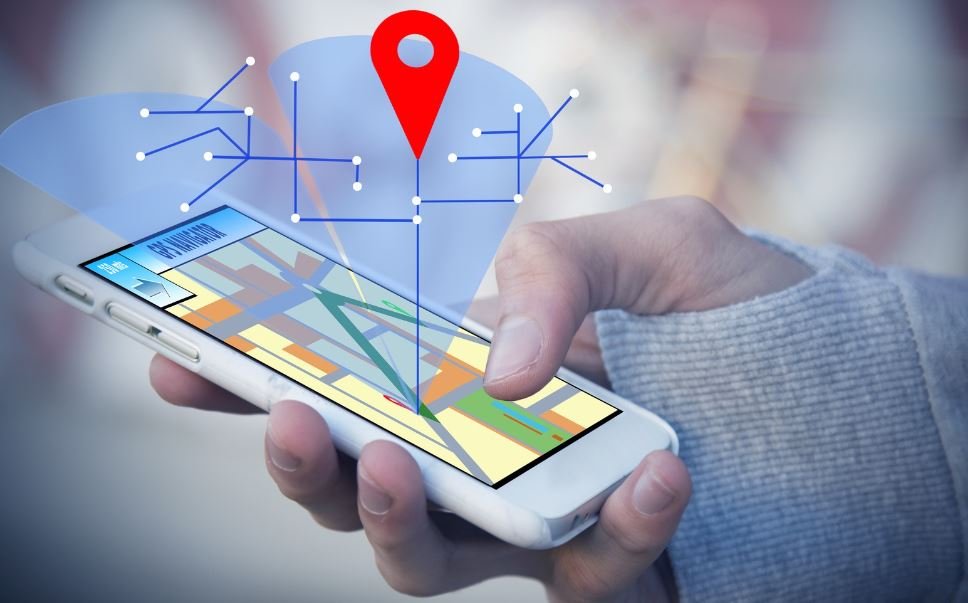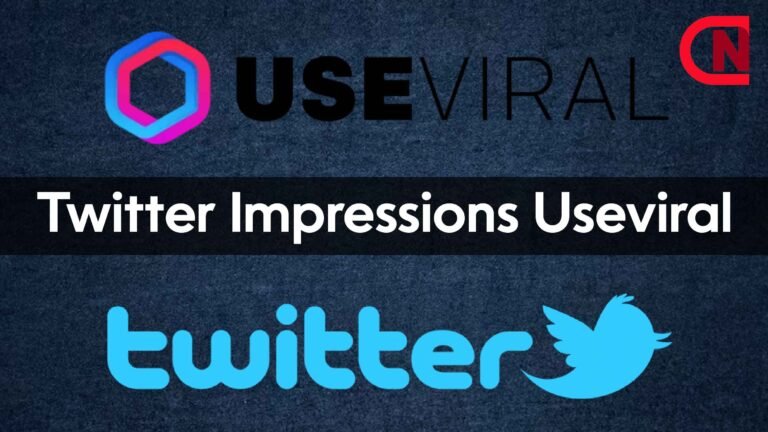Geolocation: Transforming Workforce Management

The modern challenges faced by HR and operations management demand sophisticated solutions. Staff Geolocation is at the forefront of revolutionizing how we handle staff timekeeping and roster organization with precision and control. In this article, we delve into its practical applications and the myriad benefits it brings to the contemporary workforce.
Enhancing Precision Staff Clocking with Geolocation
Effective workforce management relies on ensuring staff presence and punctuality. Geolocation-enabled clocking, powered by mobile technology, harnesses the capabilities of smartphones and tablets to record employee locations, providing absolute confirmation of their presence at designated shift start or finish.
Implementing Geofencing for Accountability
An essential element in workforce management is geofencing. Establishing virtual perimeters enables automated recording of timekeeping as employees enter or leave the site. This cutting-edge approach eliminates discrepancies, reinforcing integrity within staff movements.
Verification and Transparency
Geolocation goes beyond mere tracking; it’s about verification and security. It safeguards against inaccurate time reporting and prevents fraudulent practices such as ‘buddy punching’, establishing a transparent and trustworthy work environment.
Real-Time Staff Monitoring
In a dynamic world, managers can monitor workforce locations in real-time. This is invaluable for managing remote teams and ensuring resources are deployed where needed, particularly in field service industries.
Integrating Smart Rostering
Geolocation enables more intelligent and more responsive scheduling. Dynamic rostering is no longer just an aspiration but achievable, with assignments adapting to real-time locations and business necessities.
Optimized Workforce Planning
Real-time location data empowers managers to create rosters that are not only efficient but also responsive. Should unexpected customer influxes occur, nearby staff can be mobilized expeditiously to meet demand.
Proximity-Based Task Allocation
For sectors focused on logistics or service, geolocation minimizes transit times by assigning tasks to the nearest available staff member. This streamlines operations and enhances overall service efficiency.
Ensuring Compliance and Safety
Beyond operational enhancements, geolocation ensures staff welfare and compliance with legal directives. It is indispensable for risk-prone sectors, reinforcing safety standards and adherence to working hours.
Opportunities and Considerations
While geolocation offers manifold advantages, such as enhanced accuracy, efficiency, compliance, and safety, privacy requires comprehensive policy frameworks and clear communication.
Looking Ahead
As Staff Geolocation technology advances, its integration with predictive analytics, increased accuracy through IoT advancements, and augmented reality for interactive tasking signal a bright future for workforce management.
In summary, geolocation is a profound enabler of sophisticated workforce management solutions, delivering on the promises of efficiency and accountability. As technologies evolve, the potential is limitless, promising even more significant innovations and benefits across diverse sectors.






